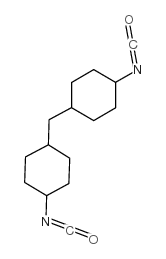| 结构式 | 名称/CAS号 | 全部文献 |
|---|---|---|
 |
4,4-二异氰酸酯二环己基甲烷
CAS:5124-30-1 |
|
 |
异佛尔酮二异氰酸酯
CAS:4098-71-9 |